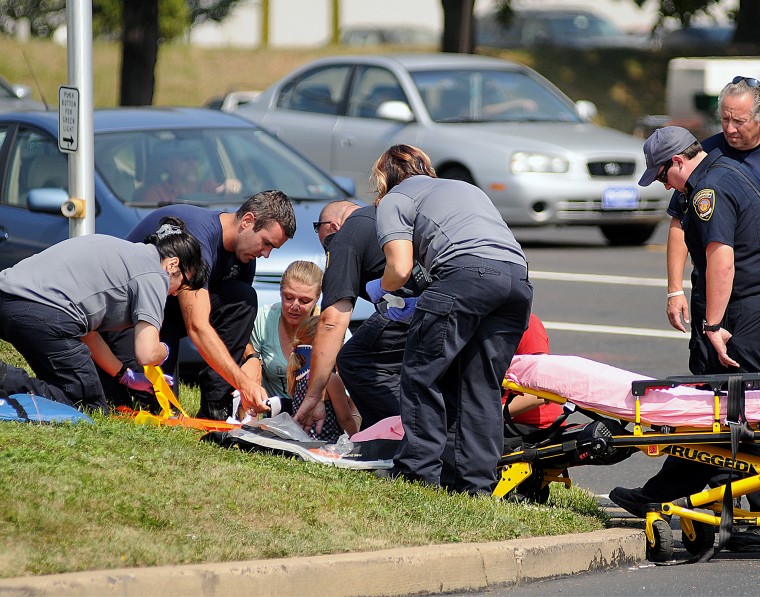EMTs, like any other government position, must achieve certain standards of training in order to be certified to make judgement calls that have more inherent risk associated with them. For example, the administration of glucose to counteract low blood sugar can be life saving, but if for example a patient is not having a diabetic emergency, and there was a improper assessment of symptoms, a glucose pill will not kill them. EMTs are permitted to administer glucose diabetes because of their harmless nature. Something like a blood thinner, can either kill or save a patient, depending on their condition. Medics, who are the most trained medical professionals outside of a hospital, are the only ones legally allowed to administer blood thinners. This is one example of the different responsibilities that come with the different levels of training within the field of first response.
The organization responsible for the development and introduction of federal emergency response guidelines and training requirements is the Department of Transportation National Highway Traffic Safety Administration, or DOT NHTSA. The National Registry of Emergency Medical Technicians (NREMT) is the organization responsible for administering the certifications and exams to all EMTs around the United States. These exams are built around the guidelines developed by the DOT NHTSA.
Emergency Medical Technician Education and Training.
LAURO, JOSEPH
SULLIVAN, FRANCIS
WILLIAMS, KENNETH A
Rhode Island Medical Journal. Dec2013, Vol. 96 Issue 12, p31-34. 4p.

